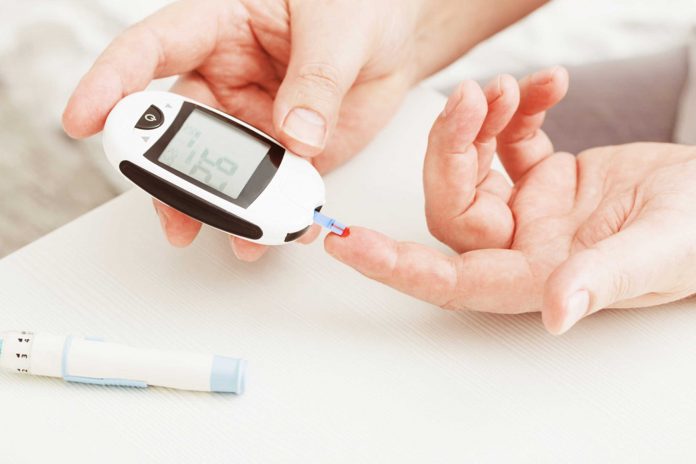Diabetes is the most common of all diseases worldwide. World Health Organization – Diabetes country profiles, 2016 for Bahrain have estimated a prevalence of 8.5% and mortality of 13% attributed to diabetes.
Diabetes causes many complications and no organ in the body is spared of the consequences of high blood sugars. The root cause of all complications is the damage to the blood vessels due to high blood sugar circulating in the body. Pulmonary abnormalities are commonly subclinical in diabetic patients and hence the most neglected.
Diabetic patients are most susceptible to infections and upper and lower respiratory infections are not uncommon. Infections of the sinuses, nose, throat, airways and the lung tissue with common and uncommon bacteria, viruses and fungus are known to occur and recur. A diabetic patient is likely to catch an infection easily and is also comparatively difficult to treat requiring more strong medications for a longer duration. Complications such as pneumonia, lung abscess, abscess in the sinuses and neck are expected.
Other less well known but significant changes that are known to occur as a complication of diabetes are
- Accumulation of fibrous tissue in the lungs causes the increased stiffness of both lung and chest wall.
- Our lungs are soft and elastic but the loss of elastic recoil capacity in the lung leads to a dynamic collapse of small airways during exhalation.
- Decreased muscle strength of not just the limb muscles but also of the muscles of breathing
- Consequently, myopathic and/or neuropathic changes affecting respiratory muscles could impair the efficiency of the ventilatory pump and thereby contribute to functional lung defects.
- Diabetes directly affects the small blood vessels of the lungs and causes decrease in the capacity of oxygen to reach from the atmosphere into the blood called as hypoxia.
- OSA and diabetes are interlinked and stress imposed due to OSA can disrupt the diabetic control.
- There are studies suggesting that diabetics who smoke have more lung injury due to the smoke than individuals without diabetes.
- When lungs grow old with aging there are some functional changes that are expected. However, more accelerated decline in lung function is observed in diabetic patients.
Overall, the above mentioned lung complications are a manifestation of a long-lasting hyperglycemia, similar as other diabetes complications such as nephropathy and retinopathy.
How to deal with these changes?
Spirometry or lung function tests can detect changes in the functional capacity of the lungs. Early reversible changes can be treatable. However, prevention is always better than cure. Strict sugar control is the key to success. The following steps can help you to achieve healthier complication free lungs.
- Regular checks for blood glucose levels
- Regular follow-up with expert physicians.
- Seek good dietary advice and follow strictly
- Do not miss any of the medications
- Maintain good hygiene
- Follow-up immediately at the slightest sign of infection
- Do not neglect your body’s needs and demands.
Dr. Sonal Jagtap
Pulmonology Specialist
Bahrain Specialist Hospital
Email: sonal.jagtap@bsh.com.bh

